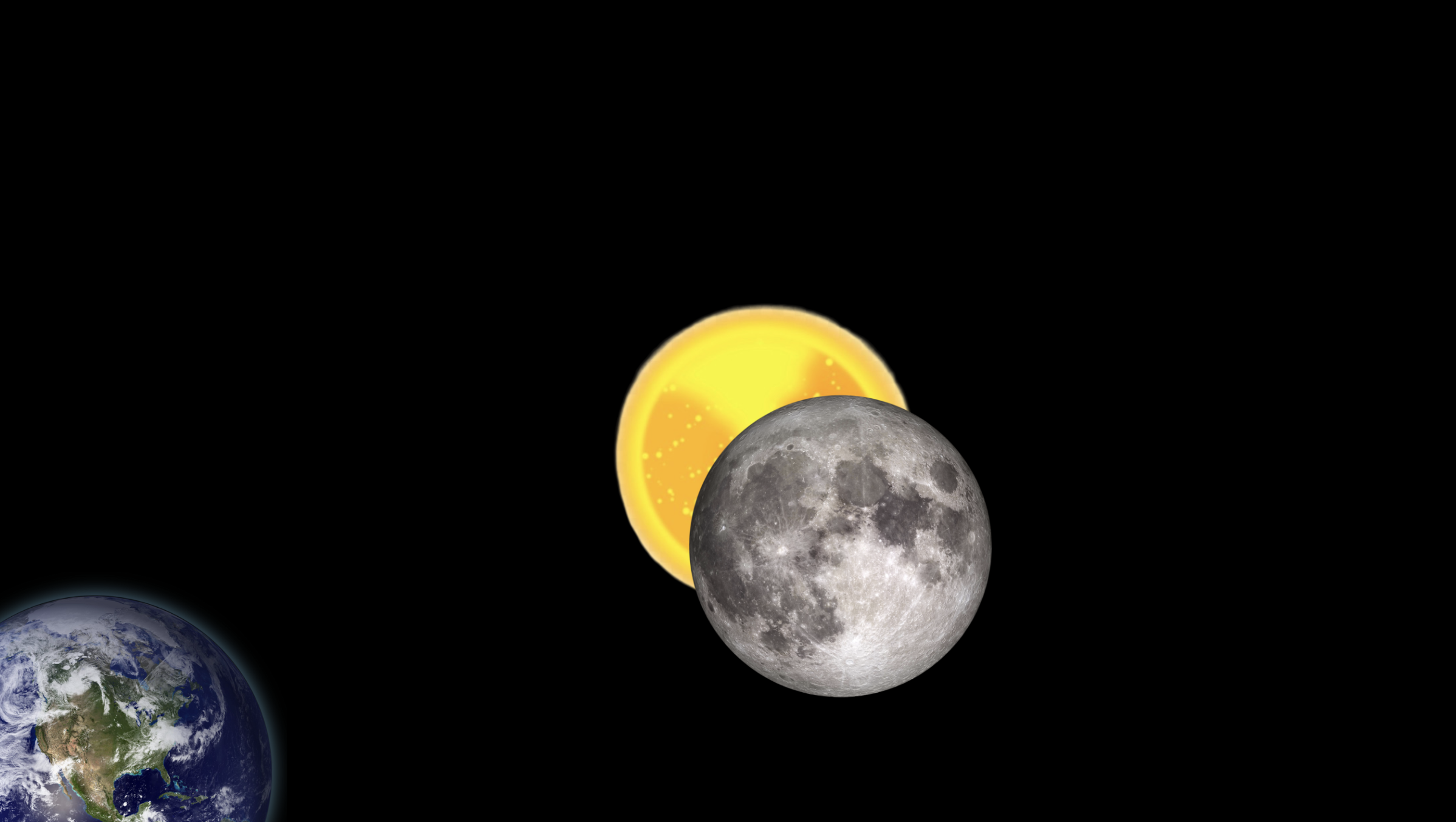Hopefully, you have marked your calendars for April 8, 2024, when the total solar eclipse will take place. The Great North American Eclipse, as it has been dubbed by some, will span Texas and 12 other states, granting them the experience of totality. Here in Texas, the path will cut diagonally across the entire state from Val Verde County (southwest Texas) to Red River County (northeast Texas). The Lone Star State is in full preparation mode and hopefully, this article will give you ideas to enhance your celebration of this natural phenomenon.
1. The 2024 Solar Eclipse Breakout

Are you ready to embark on a celestial mission and unlock the mysteries of the eclipse? The 2024 Solar Eclipse Breakout awaits your brilliance! This breakout adventure will test your problem-solving skills, teamwork, and knowledge of the cosmos.
Prepare to:
- Navigate through a web of information: Unravel clues and hidden messages carefully concealed within the site’s content.
- Tackle challenging puzzles: Put your critical thinking and collaboration skills to work as you unlock four digital puzzles: 5 Shape Lock, 5 Number Lock, 7 Letter Lock, and 4 Color Lock.
- Submit your answers through a user-friendly Google Form: Each solved puzzle brings you closer to the ultimate goal— a breakout.
Teachers, remember if you need answers, email preimers@tcea.org!
2. Write Solar Eclipse Myths
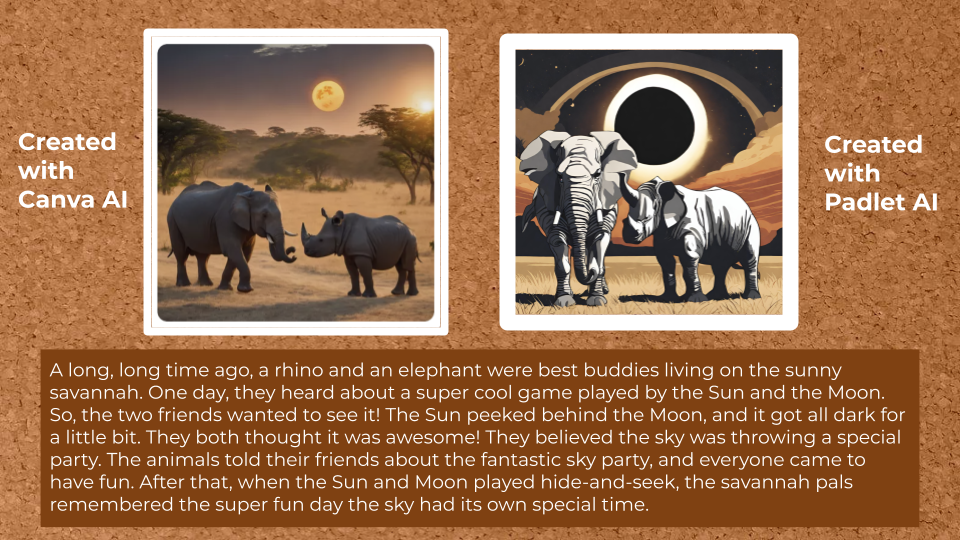
A myth is a special kind of story that people told long ago to explain things they didn’t understand, like how the world was created or why certain phenomena happen. Several cultures had myths that helped them understand the mysteries of the world. They would imagine powerful gods, magical creatures, and brave heroes in these stories. And you know what? Weather phenomena like hurricanes and earthquakes could have their own stories, too! Imagine ancient storytellers trying to make sense of big storms or the ground shaking. For example, the ancient Greeks had myths to explain various aspects of the natural world, including weather phenomena. For instance, they believed that Zeus, the king of the gods, controlled thunder and lightning. The thunderstorms were thought to be caused by Zeus wielding his mighty thunderbolt.
Teachers, have your students unleash their inner myth-making skills. Students can create their own story to explain why a solar eclipse occurs! You could also have them illustrate their story. For an added AI twist, use tools like Padlet or Canva to generate illustrations that complement their stories.
3. It’s All About the Sun
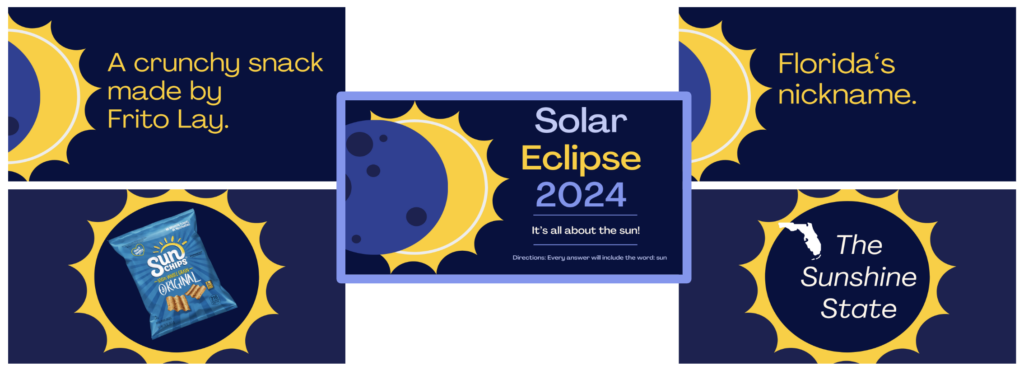
I am currently on a roll with a brand new type of game where you have to correctly complete a phrase with a certain commonality. For “It’s All About the Sun,” each clue provides a hint related to a word or phrase including the word “sun.” If you are having a viewing party for family or friends, or if you want an activity for a faculty meeting, this is more geared for adults.
4. Eclipse Stop Motion Animation
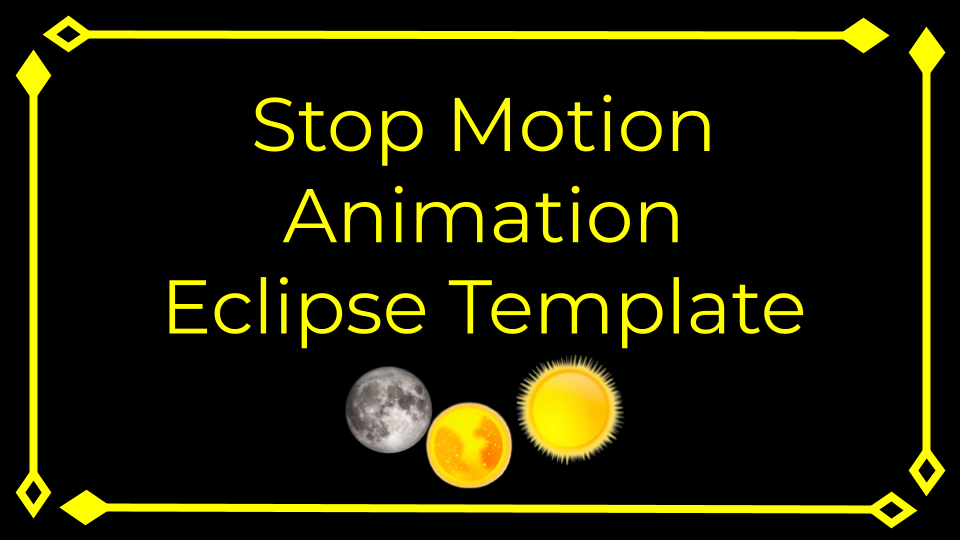
Stop motion animation is more than just a fun activity. It’s a versatile tool in my educational tool belt! And, guess what? Eclipses are perfect subjects for stop motion! Here’s why:
- Create, not consume: Stop motion encourages students to actively explore the science behind the eclipse, fostering a deeper understanding than simply watching a video.
- Deep engagement: The process of planning, creating, and animating the eclipse keeps students actively involved in the learning process.
- Digital skills development: Stop motion projects hone crucial digital literacy skills like problem-solving, storytelling, and technology use.
- No physical materials needed: With just a smartphone, tablet, or computer, students can create engaging animations with Google Slides. No additional materials needed.
So, unleash the power of stop motion animation and let students explore the captivating world of eclipses in a whole new way!
Seven Easy Steps to Create a Stop-Motion-Effect Presentation
- Start a new Google Slides presentation or make a copy of my template to get started.
- Set up your first slide with the moon, sun, and your background.
- Duplicate the slide.
- Make a change to the position of the moon. (I used one click of the up and left arrow to move the moon.)
- Duplicate new slide.
- Make another change to the position of the moon.
- Repeat steps 3-6 until your moon blocks the sun!
Once your slide deck is created, you could use a screen capturing tool to record the animation of the slide deck. Start your recording by showing the presentation and then holding down your left arrow button.
Another option is this simple hack using the feature in Google Slides called, “Publish to the Web.” It has a few steps but is easy enough to do.
- Open your eclipse Slide Deck.
- Under the File menu, open Share, and then Publish to Web.
- Click the option to “Start Slideshow as soon as the player loads.”
- Click the yellow box to Publish, and then Ok.
- Copy the newly created URL.
- Open up a new window and paste the URL into your browser.
- In the URL, change the number 3000 to 150. This will greatly increase the speed of the auto advancement of the slides.
- Copy this new URL, and share is with the world! It will play your Google Slides presentation.
Two examples of eclipse stop motion animations:
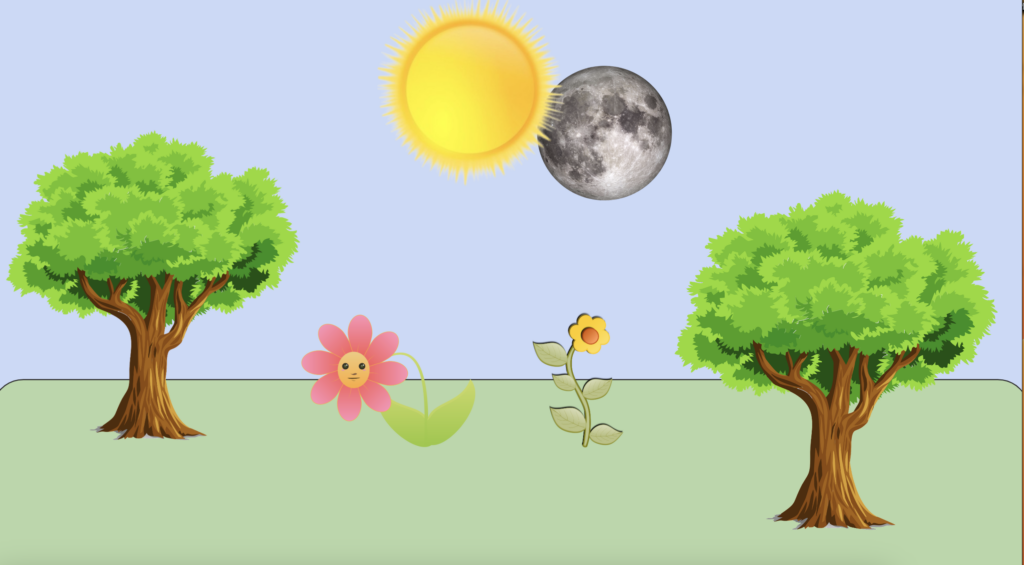
Note: Thank you to the Bastrop ISD G/T teacher and my friend, Peggy Perkins, for this stop motion eclipse rendition.
Whether you’re looking for a brain-teasing breakout challenge, the chance to explore the world of myths, a fun game for your gathering, or a creative stop-motion animation project, I hope you’ve found an activity you can use. If you’re looking for even more information on the eclipse, check out my colleague, Miguel Guhlin’s article, Solar Eclipse Activities, Resources, and Safety Information.
Remember, safety is paramount during an eclipse. Never look directly at the sun without proper eye protection, even during partial phases. Enjoy the eclipse responsibly!



